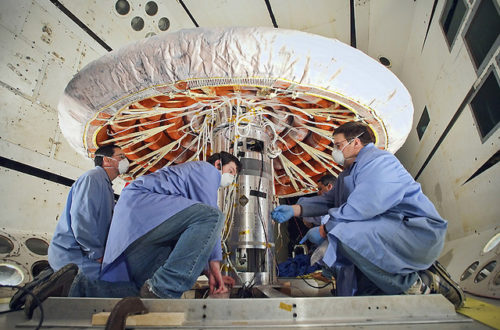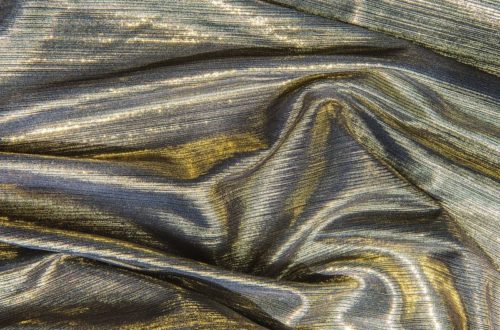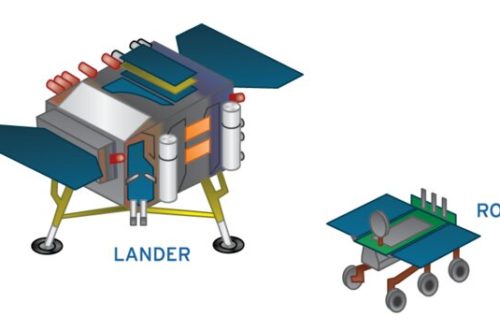How Do Spacecraft Withstand Re-Entry into Earth’s Atmosphere?

If you’re lucky when you look up in the sky at night, you might see a shooting star. As you’re making your wish, what you’re actually seeing is a small piece of rock or space junk burning up in the atmosphere. The friction of re-entry causes the shooting star to ignite and burn, which is why you see a brief flash of light.
This begs the question: How do our spacecraft withstand that level of heat and friction to return our astronauts safely home?
Friction = Drag
The fireball you see when something re-enters Earth’s atmosphere is caused by friction. As the spacecraft moves through the air molecules that make up the atmosphere, it rubs against them. This action creates friction and thus heat.
This isn’t a bad thing. While it can be tricky to manage the heat, it also helps to slow down the spacecraft, making it easier to land accurately. The space shuttles, which carried astronauts into orbit and to the MIR and International Space Stations from 1972 to 2011, re-entered the atmosphere at a mind-blowing 17,500 mph. The drag generated by re-entry helps slow the craft so it can make a safe landing.
While we can use drag to our advantage, how can we protect astronauts from the extreme heat?

Surviving Extreme Heat
The amount of heat a space shuttle or other spacecraft has to survive is astonishing. On average, a spacecraft re-entering the atmosphere is experiencing temperatures upward of 3,000 degrees Fahrenheit. There are two things that help protect the astronauts from that heat: the design of the spacecraft and the materials used in its construction.
Most re-entry-capable spacecraft are designed with a blunt body design. This design creates a shockwave in front of the craft as it re-enters the atmosphere, which helps keep some of the heat away from the surface of the ship. Without that shockwave, the temperatures during re-entry would be closer to 12,000 degrees Fahrenheit.
The other thing that helps keep astronauts safe from the heat is the thermal protection materials that coat the exterior of the spacecraft. Early incarnations of this material were designed to be burned off during re-entry. Modern materials have a variety of different materials that rocket scientists can choose from, including:
- Reinforced Carbon-Carbon (RCC): This composite material was used around the nose cone and leading wing edges of the space shuttles. A failure in this material was what caused the Columbia to break up during re-entry in 2003.
- High-Temperature Reusable Surface Insulation (HRSI): This used to be the insulation used on the belly of the space shuttle, but was retired in favor of other materials.
- Fibrous Refractory Composite Insulation (FRCI): This is what replaced the HRSI because it could handle higher temperatures while weighing less.
- Felt Reusable Surface Insulation (FRSI): While this doesn’t protect the exterior of the shuttle, this material helps keep astronauts safe. It is made of the same sort of Nomex heat-treated felt that is used to make equipment for firefighters.
- Phenolic Impregnated Carbon Ablator (PICA): This is a lightweight, heat-resistant material that was originally designed by NASA. A custom version of this material, dubbed PICA-X, is currently being used by SpaceX on its Dragon capsules.
The combination of the ship’s design and the thermal protection materials are what make it possible for us to travel to space and return home safely.
Space travel is still a dangerous endeavor, which is why the minds at NASA, SpaceX and other spacefaring companies are still working toward finding the best thermal protection material possible to keep our astronauts safe while enabling us to explore the galaxy.
Would you like to receive similar articles by email?





